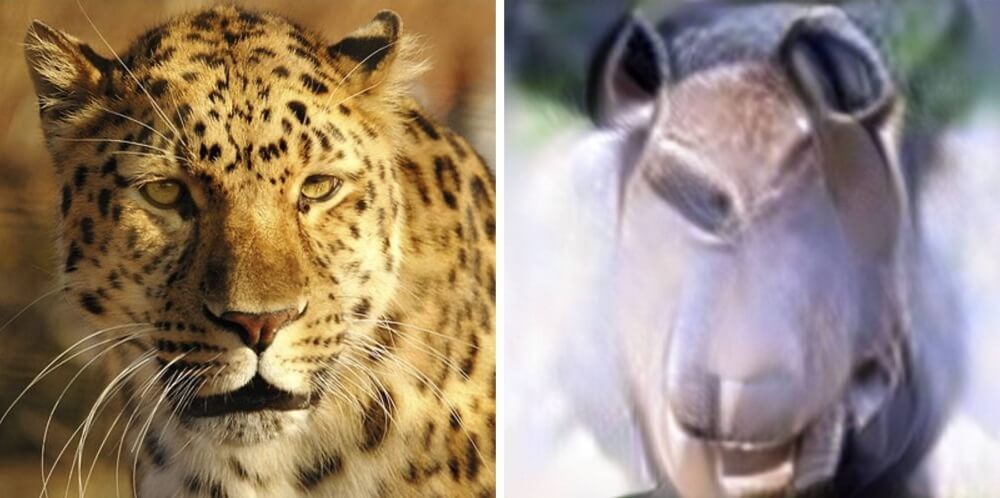Japanese scientists have announced the successful creation of the world’s first mental images of objects and landscapes derived from human brain activity, utilizing artificial intelligence (AI) technology.
The team of researchers, hailing from the National Institutes for Quantum Science and Technology, another national institute, and Osaka University, managed to generate rough images, including a leopard with distinct features such as a recognizable mouth, ears, and spotted pattern. Additionally, they reproduced objects like an airplane complete with red lights on its wings.
This cutting-edge technology, named “brain decoding,” allows the visualization of perceptual contents based on brain activity and holds potential applications in the medical and welfare sectors.
The groundbreaking findings were recently published online in the prestigious international scientific journal Neural Networks.
While previous studies demonstrated the reconstruction of images seen by human participants from brain activity measured using functional magnetic resonance imaging (fMRI), these were limited to specific domains, such as alphabetical letters.
Building on these prior methods, the Japanese research team developed a technology capable of quantifying brain activity. This innovation allows generative AI to draw images, leveraging predictive techniques to recreate complex objects.
In the course of the research, participants were exposed to 1,200 images of various objects and landscapes. The relationship between their brain signals and the images was meticulously analyzed and quantified using fMRI. The same set of images was then input into the generative AI to establish a learning framework correlating them with brain activity.
This revolutionary technology holds promising prospects, not only for the development of communication devices but also for gaining insights into the intricate mechanisms of hallucinations and dreams. The potential applications in the medical and welfare domains add a new dimension to the significance of this achievement, pushing the boundaries of what AI can unlock within the realms of human cognition and perception.
*Provided is an image of a leopard presented to research subjects alongside the image reconstructed through generative artificial intelligence, utilizing brain activity. This visual representation is sourced from the National Institutes for Quantum Science and Technology via Kyodo.*








